Home>Furniture & Design>Interior Design Trends>How To Make Glass Bulletproof
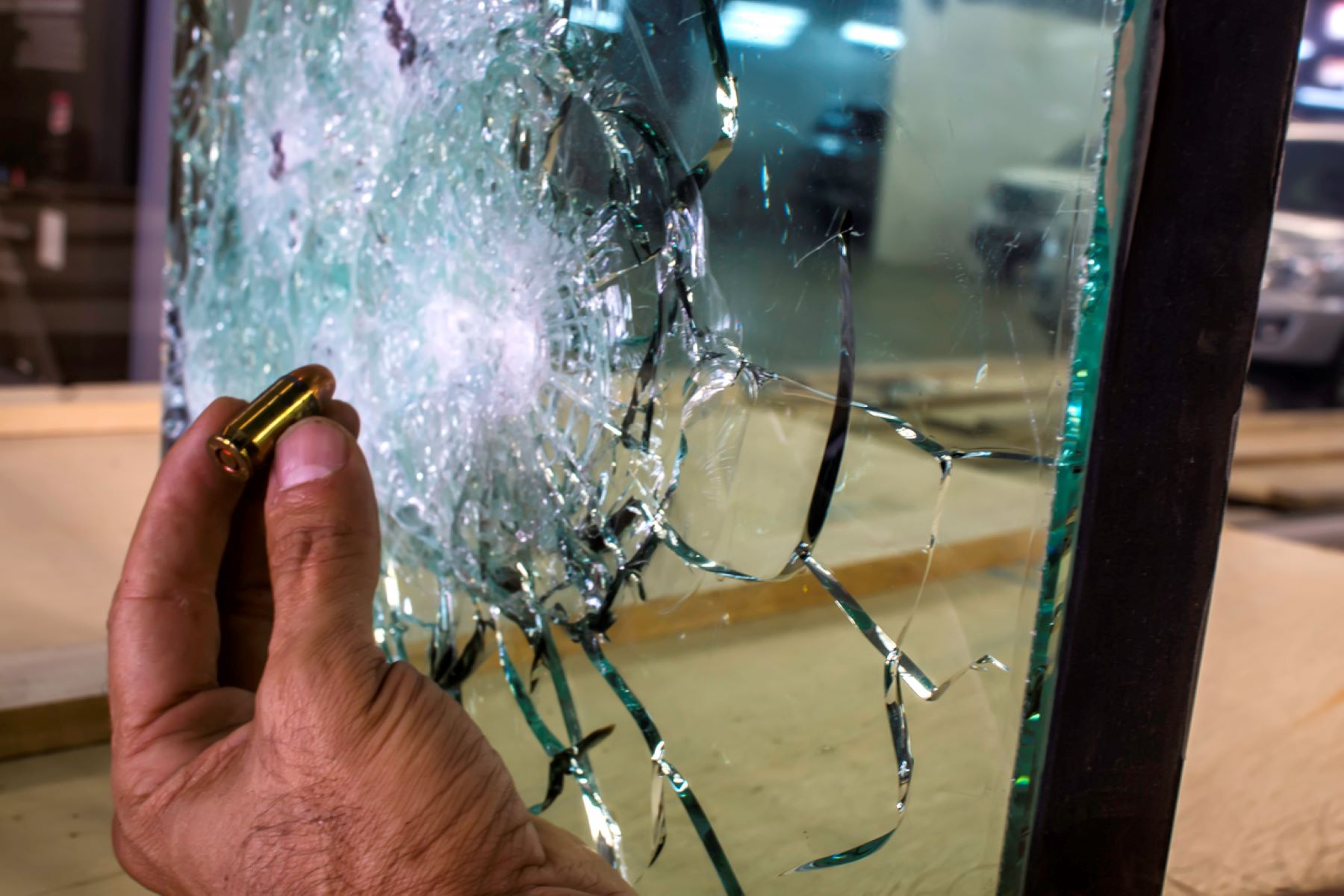

Interior Design Trends
How To Make Glass Bulletproof
Modified: October 19, 2024
Learn how to make glass bulletproof and stay on top of the latest interior design trends with our expert tips and advice. Discover the best ways to enhance your space and keep it safe.
(Many of the links in this article redirect to a specific reviewed product. Your purchase of these products through affiliate links helps to generate commission for Storables.com, at no extra cost. Learn more)
Introduction
Glass has long been admired for its transparency, elegance, and versatility in architectural and interior design. However, its fragility has often been a concern, especially in high-security environments or areas prone to potential hazards. The concept of making glass bulletproof may seem like something out of a science fiction movie, but advancements in technology and material science have made it a reality.
In this article, we will delve into the fascinating world of bulletproof glass, exploring the innovative methods and materials that can transform ordinary glass into a formidable barrier against ballistic threats. From understanding the fundamental properties of glass to the application of laminates and tempering techniques, we will uncover the secrets behind creating glass that can withstand the impact of bullets and other high-velocity projectiles.
Join us on this journey as we unravel the science and artistry behind making glass bulletproof, providing you with valuable insights into the cutting-edge solutions that are revolutionizing the safety and security standards in various industries. Whether you are a design enthusiast, a security professional, or simply curious about the intersection of technology and design, this exploration of bulletproof glass will captivate your imagination and expand your understanding of the remarkable capabilities of this seemingly delicate material.
Key Takeaways:
- Glass can be made bulletproof through laminates and tempering techniques, enhancing its strength and durability while maintaining transparency and aesthetic appeal.
- The evolution of bulletproof glass offers diverse options, from traditional laminated glass to advanced transparent armor materials, catering to specific security needs and design requirements.
Read more: How Expensive Is Bulletproof Glass?
Understanding the Properties of Glass
Glass, a material cherished for its transparency and aesthetic appeal, possesses unique properties that make it both versatile and vulnerable. Understanding the fundamental characteristics of glass is essential in the quest to transform it into a bulletproof barrier.
First and foremost, the composition of glass plays a pivotal role in determining its strength and resilience. Traditional soda-lime glass, commonly used in windows and household items, is inherently brittle due to its molecular structure. This fragility stems from the lack of crystalline structure, rendering it susceptible to shattering upon impact. However, advancements in glass technology have led to the development of specialized compositions, such as laminated and tempered glass, which exhibit enhanced durability and resistance to external forces.
Moreover, the thickness of glass significantly influences its ability to withstand ballistic threats. Thicker glass panes inherently offer greater resistance to penetration, making them a crucial component in the creation of bulletproof barriers. The relationship between thickness and strength underscores the importance of precision engineering and meticulous design in crafting glass solutions that meet stringent security standards.
Furthermore, the behavior of glass under stress is a critical aspect to consider when aiming to enhance its protective capabilities. When subjected to impact, conventional glass tends to exhibit catastrophic failure, characterized by the propagation of cracks and fragmentation. This phenomenon underscores the need for innovative approaches to reinforce glass and mitigate the consequences of sudden force application.
In addition to its mechanical properties, the optical clarity of glass is a defining feature that must be preserved when fortifying it against ballistic threats. Maintaining transparency and visual acuity is essential in applications where aesthetics and visibility are paramount, such as in architectural designs and security installations.
By comprehensively understanding the properties of glass, including its composition, thickness, behavior under stress, and optical clarity, we lay the groundwork for the strategic implementation of techniques and materials that can effectively transform it into a formidable shield against ballistic threats. This foundational knowledge serves as the cornerstone for the subsequent exploration of the innovative methods and technologies used to reinforce glass and elevate its protective capabilities to unprecedented levels.
Adding Laminates for Reinforcement
In the pursuit of fortifying glass against ballistic threats, the strategic application of laminates emerges as a transformative solution. Laminated glass, a composite material comprising multiple layers bonded together, offers a multifaceted approach to enhancing the protective capabilities of conventional glass.
The core principle behind laminated glass lies in its ability to dissipate and absorb energy upon impact, thereby mitigating the propagation of cracks and maintaining structural integrity. This is achieved through the incorporation of interlayers, typically made of polyvinyl butyral (PVB) or ethylene-vinyl acetate (EVA), between the glass panes. These interlayers serve as a cohesive matrix that holds the glass layers together, effectively creating a unified barrier that resists penetration.
The synergistic combination of glass and interlayers in laminated glass confers a myriad of benefits, making it an indispensable component in the realm of bulletproofing. Notably, the interlayers act as a shock-absorbing buffer, dispersing the kinetic energy of projectiles and preventing the glass from shattering upon impact. This crucial mechanism not only safeguards against ballistic threats but also enhances the overall durability and safety of the glass assembly.
Furthermore, the use of laminates introduces an additional layer of defense against forced entry, vandalism, and natural disasters. The interlayers in laminated glass exhibit remarkable resistance to penetration, making it an ideal choice for applications where security and protection are paramount. Moreover, in the event of breakage, the interlayers retain the shattered glass fragments, preventing them from dispersing and posing a hazard to occupants and bystanders.
The versatility of laminated glass extends beyond its protective attributes, encompassing acoustic insulation and UV filtering capabilities. The interlayers contribute to sound dampening, making laminated glass an effective solution for noise control in urban environments and interior spaces. Additionally, the interlayers can be engineered to block harmful UV radiation, safeguarding interiors and occupants from the detrimental effects of prolonged sun exposure.
In the realm of interior design, the integration of laminated glass opens up a realm of creative possibilities, enabling the realization of sleek and secure partitions, balustrades, and decorative elements. The seamless fusion of safety and aesthetics positions laminated glass as a cornerstone of modern design, where form meets function in a harmonious union.
In essence, the addition of laminates for reinforcement represents a paradigm shift in the approach to enhancing the protective capabilities of glass. By harnessing the synergistic potential of glass and interlayers, laminated glass stands as a testament to the ingenuity and innovation driving the evolution of bulletproofing technologies.
Utilizing Tempering Techniques
Tempering stands as a pivotal process in the realm of fortifying glass against ballistic threats, offering a transformative approach to enhancing its strength and resilience. Tempered glass, renowned for its exceptional durability and safety features, is the result of meticulous thermal treatment and rapid cooling, imparting unparalleled mechanical properties to the material.
The process of tempering involves subjecting glass to high temperatures, followed by rapid quenching, inducing internal stresses that endow the glass with enhanced strength and resistance to impact. This thermal tempering process induces a state of balanced internal tension within the glass, significantly elevating its ability to withstand external forces. The resulting tempered glass exhibits remarkable resistance to breakage and fragmentation, making it an ideal candidate for applications requiring heightened security and safety.
The inherent strength of tempered glass stems from its unique fracture pattern, characterized by the formation of small, granular fragments upon breakage. This distinctive behavior stands in stark contrast to the hazardous shards produced by conventional glass, mitigating the risk of injury and damage in the event of impact. Furthermore, the tempered glass's resistance to thermal stress and mechanical loads positions it as a versatile and reliable solution for diverse architectural and design requirements.
In the context of bulletproofing, the utilization of tempered glass serves as a cornerstone in the creation of robust and resilient protective barriers. The tempered glass's ability to withstand high-velocity impacts and ballistic threats makes it an indispensable component in security installations, ranging from armored vehicles to secure building enclosures. The strategic integration of tempered glass in these applications not only ensures the safety of occupants but also reinforces the structural integrity of the overall design.
Moreover, the versatility of tempered glass extends beyond its protective attributes, encompassing aesthetic and functional benefits. Its enhanced durability and resistance to scratches and abrasions make it an ideal choice for high-traffic areas and dynamic environments. The optical clarity and uniformity of tempered glass further enhance its appeal, offering unobstructed views and natural light transmission while maintaining a sleek and modern aesthetic.
In essence, the utilization of tempering techniques represents a testament to the transformative power of technology in elevating the protective capabilities of glass. Through precision engineering and innovative thermal treatments, tempered glass emerges as a cornerstone of modern design and security, embodying the seamless fusion of strength, safety, and sophistication.
Exploring Bulletproof Glass Options
The realm of bulletproof glass encompasses a diverse array of options, each tailored to specific security requirements and design considerations. From traditional laminated glass to advanced transparent armor materials, the evolution of bulletproof glass options has ushered in a new era of safety and innovation.
Read more: How Thick Is Bulletproof Glass
Laminated Glass:
Laminated glass, a stalwart in the domain of bulletproofing, remains a popular choice for its proven effectiveness and versatility. Comprising multiple layers of glass bonded with interlayers, laminated glass offers exceptional resistance to penetration and fragmentation. Its ability to dissipate energy upon impact, coupled with its capacity to retain structural integrity even after sustaining damage, positions it as a reliable solution for diverse security applications.
Polycarbonate Laminates:
The integration of polycarbonate laminates represents a significant advancement in bulletproof glass technology. By combining layers of polycarbonate with traditional glass, a synergistic composite is formed, exhibiting enhanced ballistic resistance and durability. The inherent toughness and impact resistance of polycarbonate, coupled with the protective qualities of laminated glass, result in a formidable barrier capable of withstanding high-velocity projectiles and forced entry attempts.
Transparent Armor:
The emergence of transparent armor materials, such as specialty glass-ceramics and advanced polymer composites, has redefined the landscape of bulletproof glass options. These cutting-edge materials offer unparalleled ballistic protection while maintaining exceptional optical clarity. Transparent armor stands at the forefront of innovation, catering to high-security environments where uncompromising protection and visual transparency are paramount.
Hybrid Solutions:
In response to evolving security challenges, hybrid bulletproof glass solutions have gained prominence, combining multiple materials and technologies to achieve optimal performance. Hybrid laminates, integrating glass, polycarbonate, and specialty coatings, exemplify the convergence of innovation and adaptability, offering tailored solutions for diverse security needs.
Read more: How To Break Bulletproof Glass
Customized Configurations:
The customization of bulletproof glass configurations allows for tailored solutions that address specific security concerns and design requirements. From curved and multi-curved glass to bespoke thickness variations, the ability to customize bulletproof glass options empowers designers and security professionals to create seamless and effective protective barriers that align with the aesthetic and functional objectives of their projects.
In essence, the exploration of bulletproof glass options unveils a rich tapestry of materials, technologies, and configurations, each contributing to the advancement of safety and security standards. The diverse array of options available reflects the ingenuity and dedication driving the evolution of bulletproof glass, offering a spectrum of solutions that cater to the multifaceted needs of modern design and security applications.
Conclusion
In conclusion, the quest to make glass bulletproof has transcended the realm of imagination, evolving into a tangible reality shaped by innovation, precision engineering, and a deep understanding of material science. The journey through the properties of glass, the strategic application of laminates, the utilization of tempering techniques, and the exploration of diverse bulletproof glass options has illuminated the remarkable capabilities and potential of this seemingly delicate material.
The properties of glass, including its composition, thickness, behavior under stress, and optical clarity, serve as the foundational pillars upon which the transformation of glass into a formidable barrier against ballistic threats is built. By comprehensively understanding these properties, designers, engineers, and security professionals can strategically leverage techniques and materials to fortify glass and elevate its protective capabilities to unprecedented levels.
The addition of laminates for reinforcement represents a paradigm shift in the approach to enhancing the protective capabilities of glass. The synergistic combination of glass and interlayers in laminated glass not only safeguards against ballistic threats but also enhances the overall durability, safety, and aesthetic appeal of glass assemblies. The versatility of laminated glass extends beyond its protective attributes, encompassing acoustic insulation, UV filtering capabilities, and creative design possibilities, positioning it as a cornerstone of modern design and security solutions.
Furthermore, the utilization of tempering techniques stands as a testament to the transformative power of technology in elevating the protective capabilities of glass. The resulting tempered glass exhibits exceptional durability, resistance to breakage, and enhanced strength, making it an ideal candidate for diverse architectural and design requirements. The seamless fusion of strength, safety, and sophistication embodied by tempered glass underscores its pivotal role in the evolution of modern bulletproofing technologies.
The exploration of diverse bulletproof glass options, ranging from traditional laminated glass to advanced transparent armor materials and hybrid solutions, reflects the dynamic landscape of safety and innovation. Each option offers tailored solutions that cater to specific security concerns and design requirements, showcasing the adaptability and versatility of bulletproof glass in addressing the multifaceted needs of modern design and security applications.
In essence, the evolution of bulletproof glass exemplifies the convergence of artistry, technology, and safety, culminating in the creation of protective barriers that seamlessly integrate with architectural designs, interior spaces, and high-security environments. The journey to make glass bulletproof continues to unfold, driven by a relentless pursuit of excellence and a commitment to redefining the boundaries of safety and design.
Frequently Asked Questions about How To Make Glass Bulletproof
Was this page helpful?
At Storables.com, we guarantee accurate and reliable information. Our content, validated by Expert Board Contributors, is crafted following stringent Editorial Policies. We're committed to providing you with well-researched, expert-backed insights for all your informational needs.
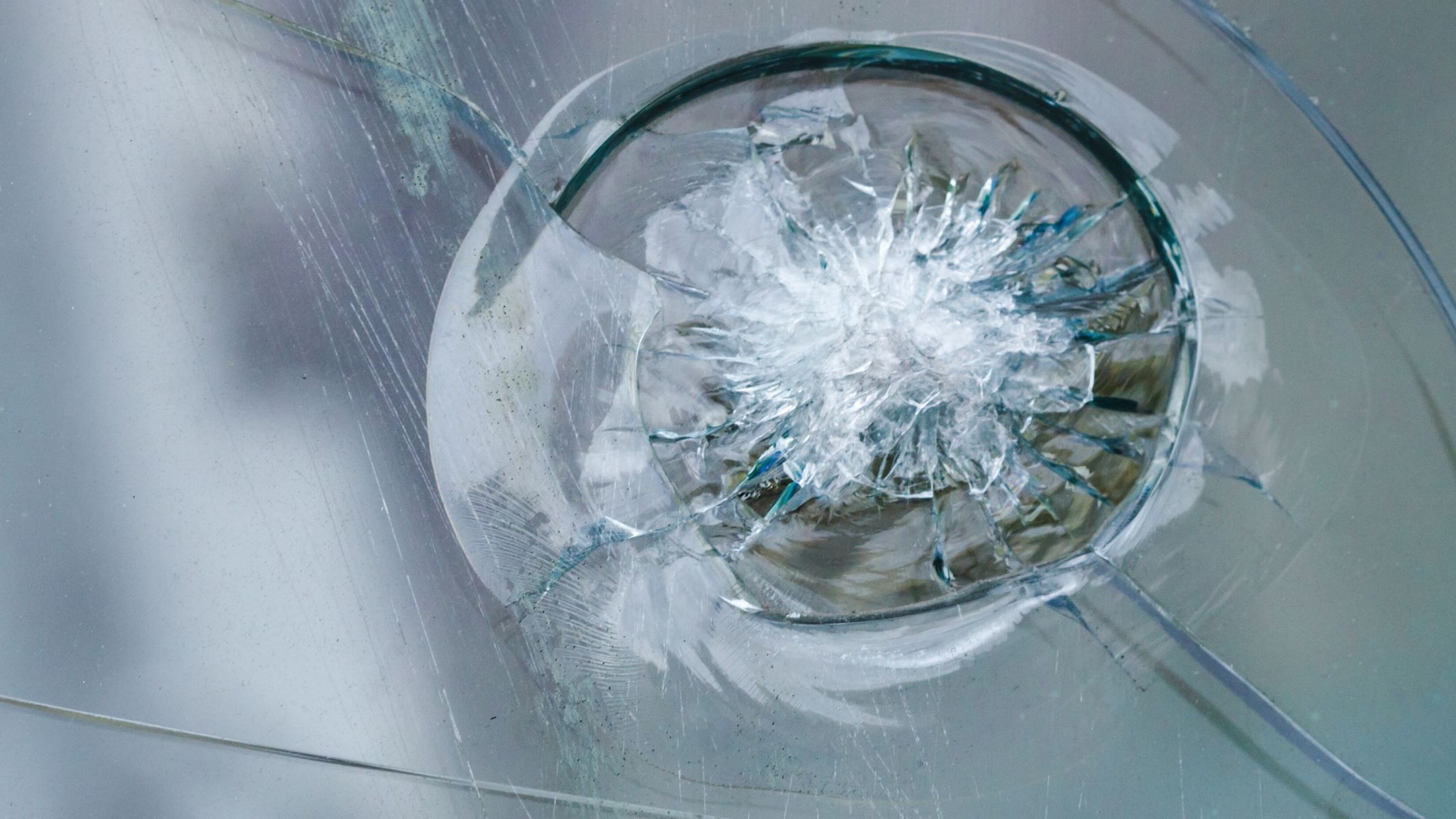
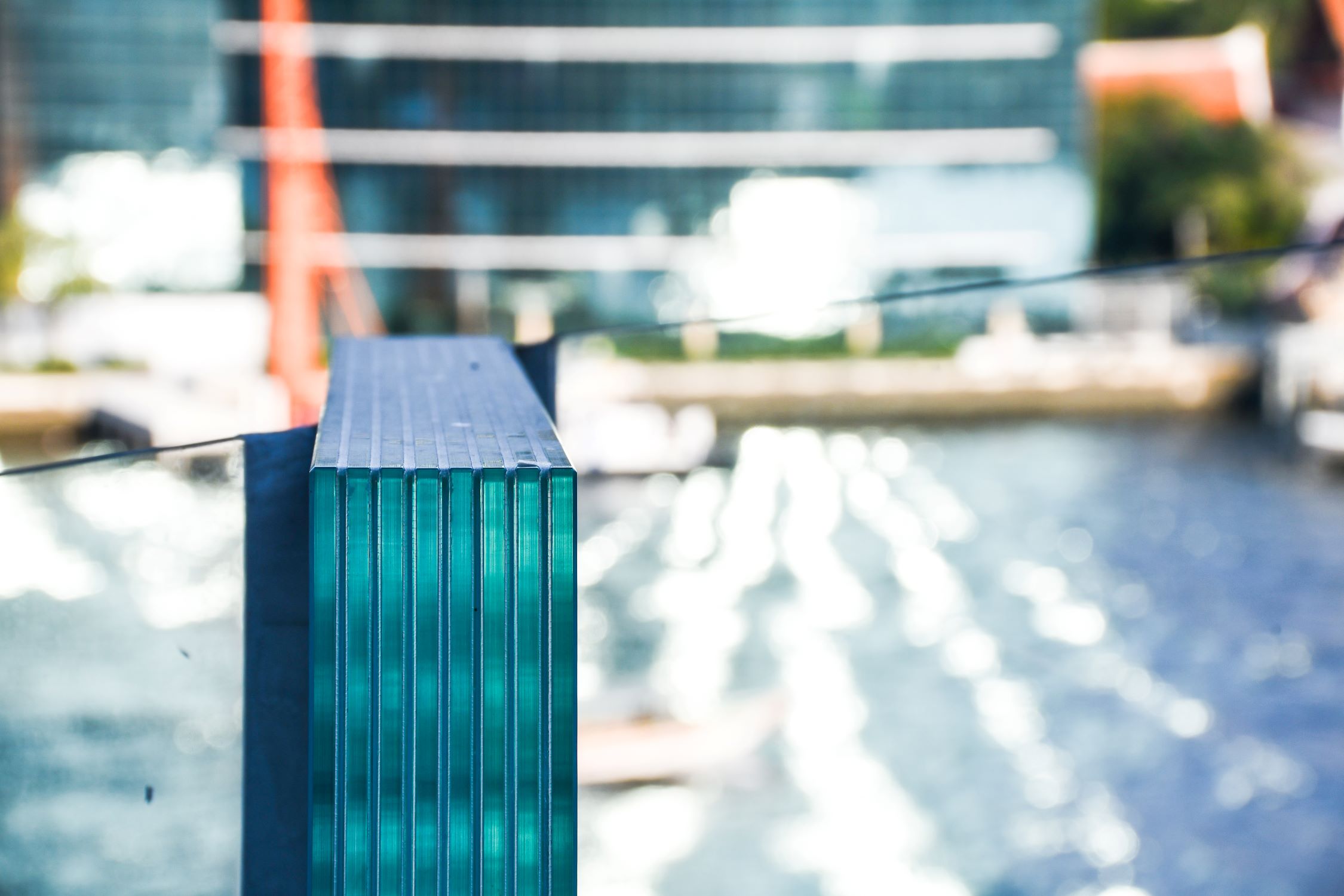
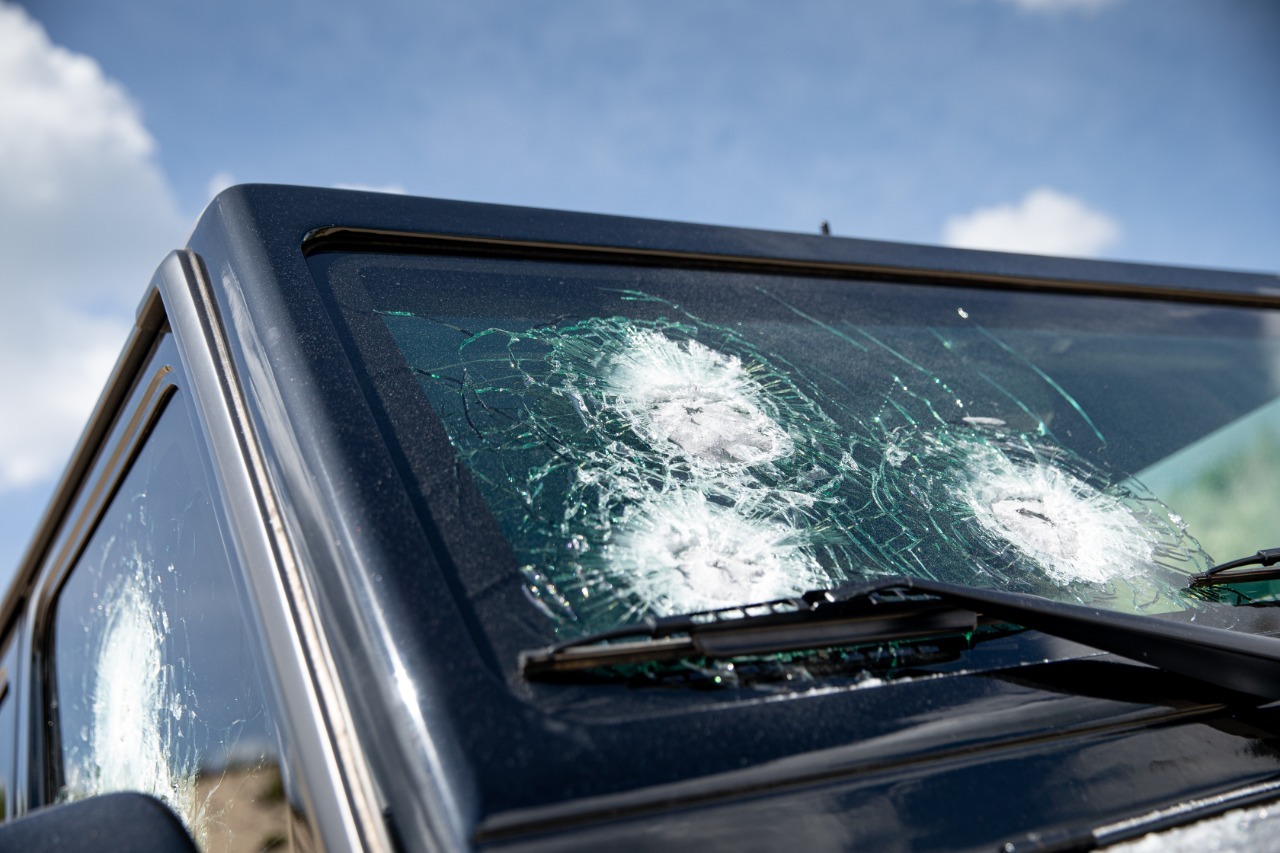
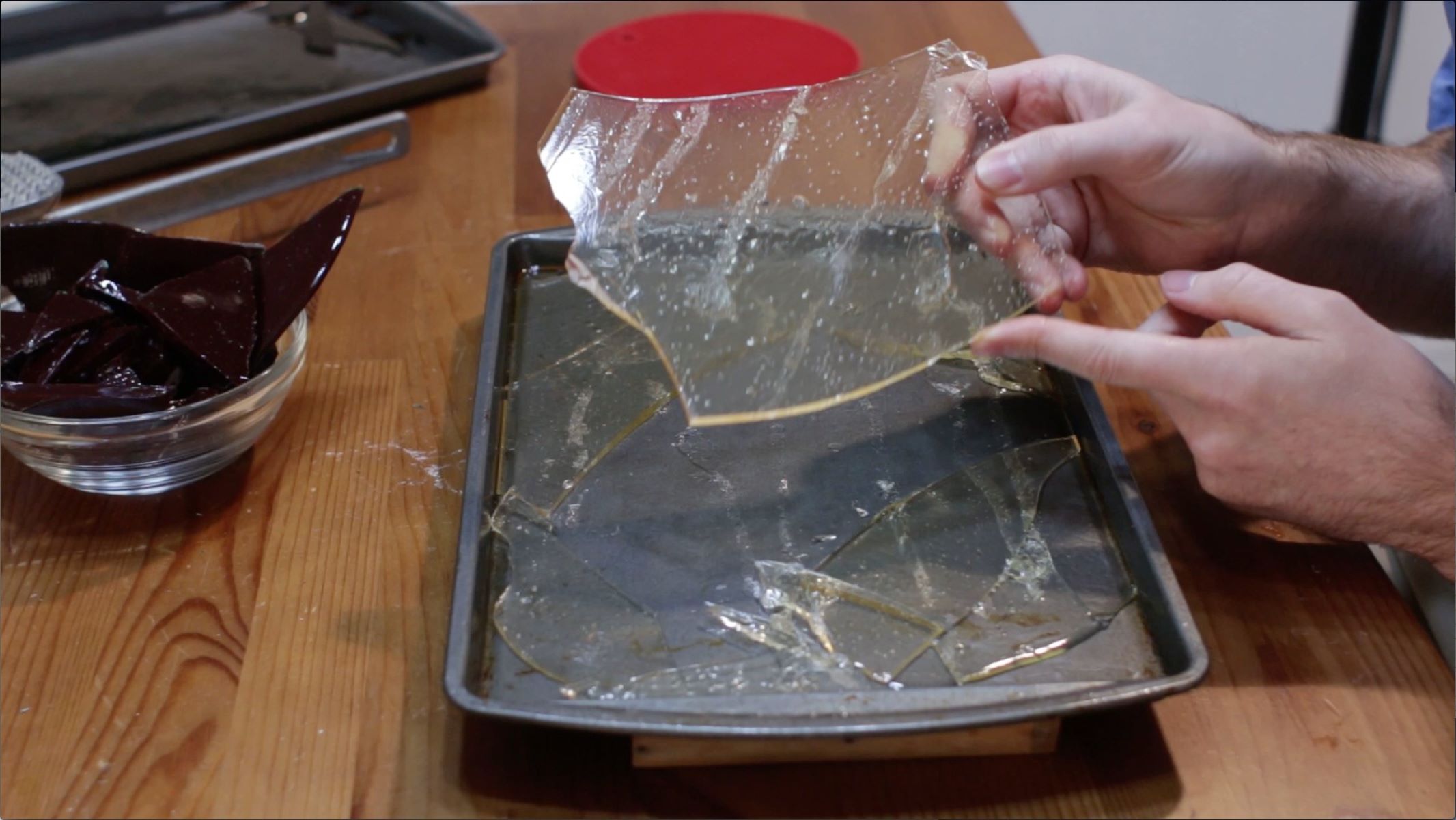
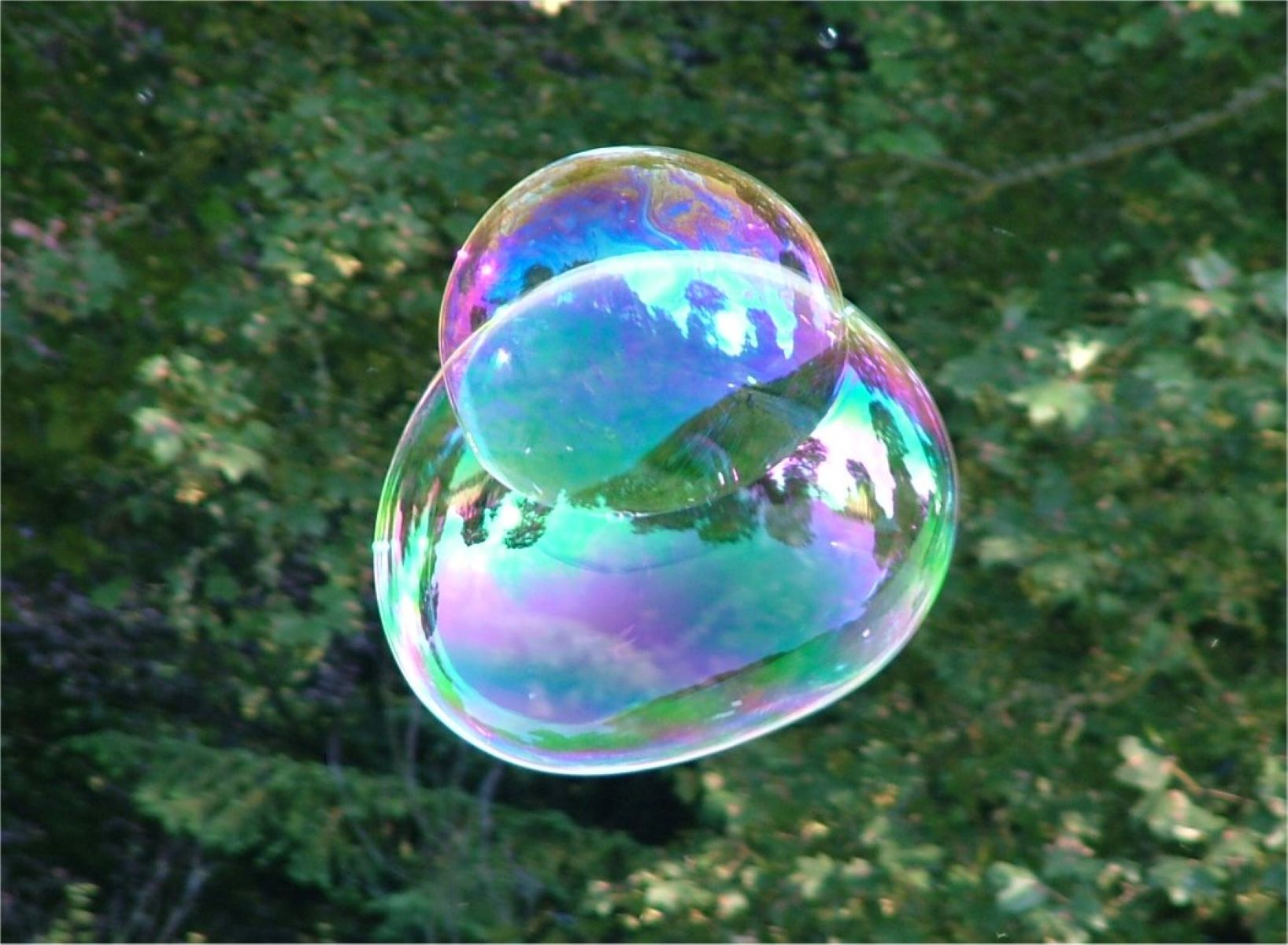

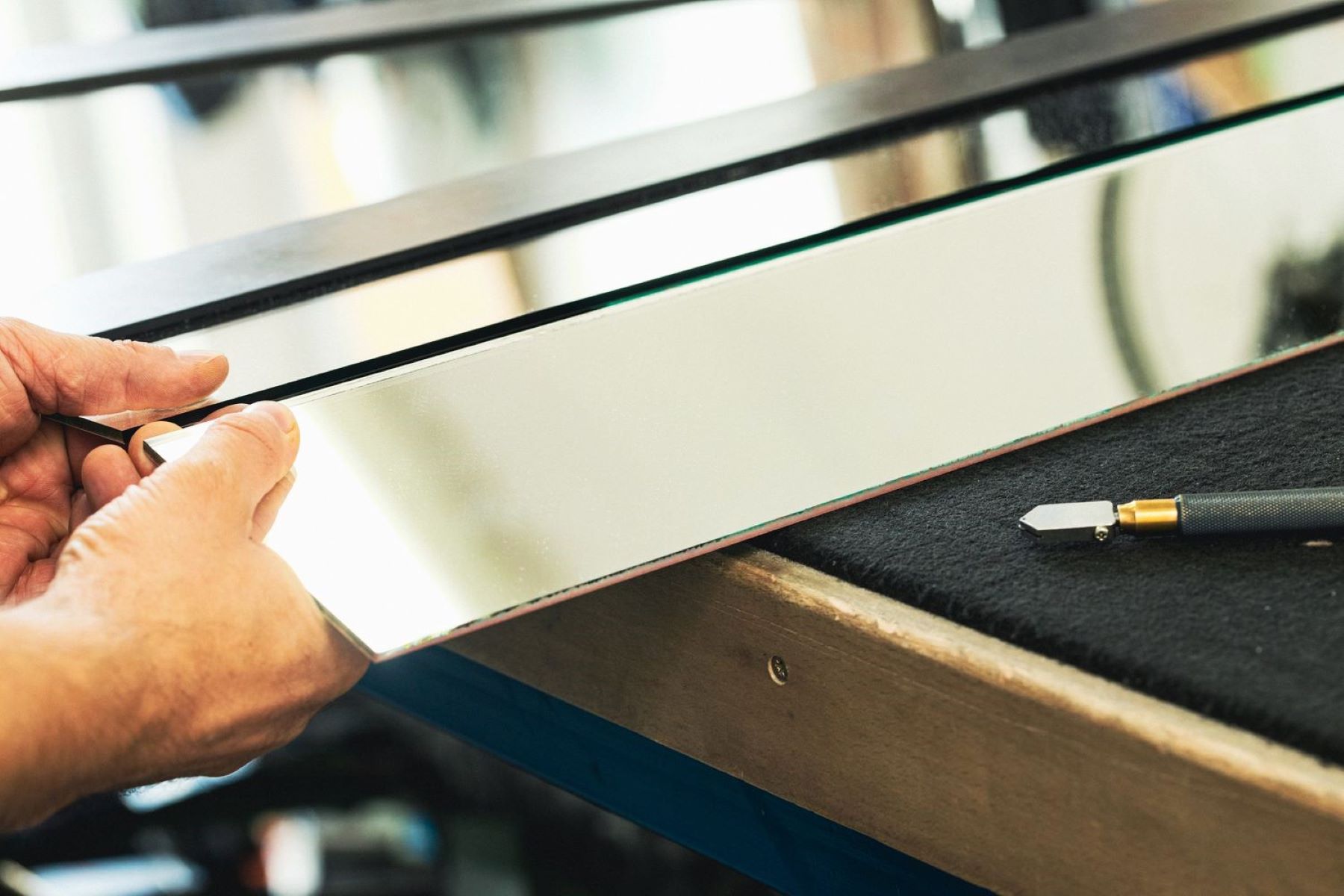
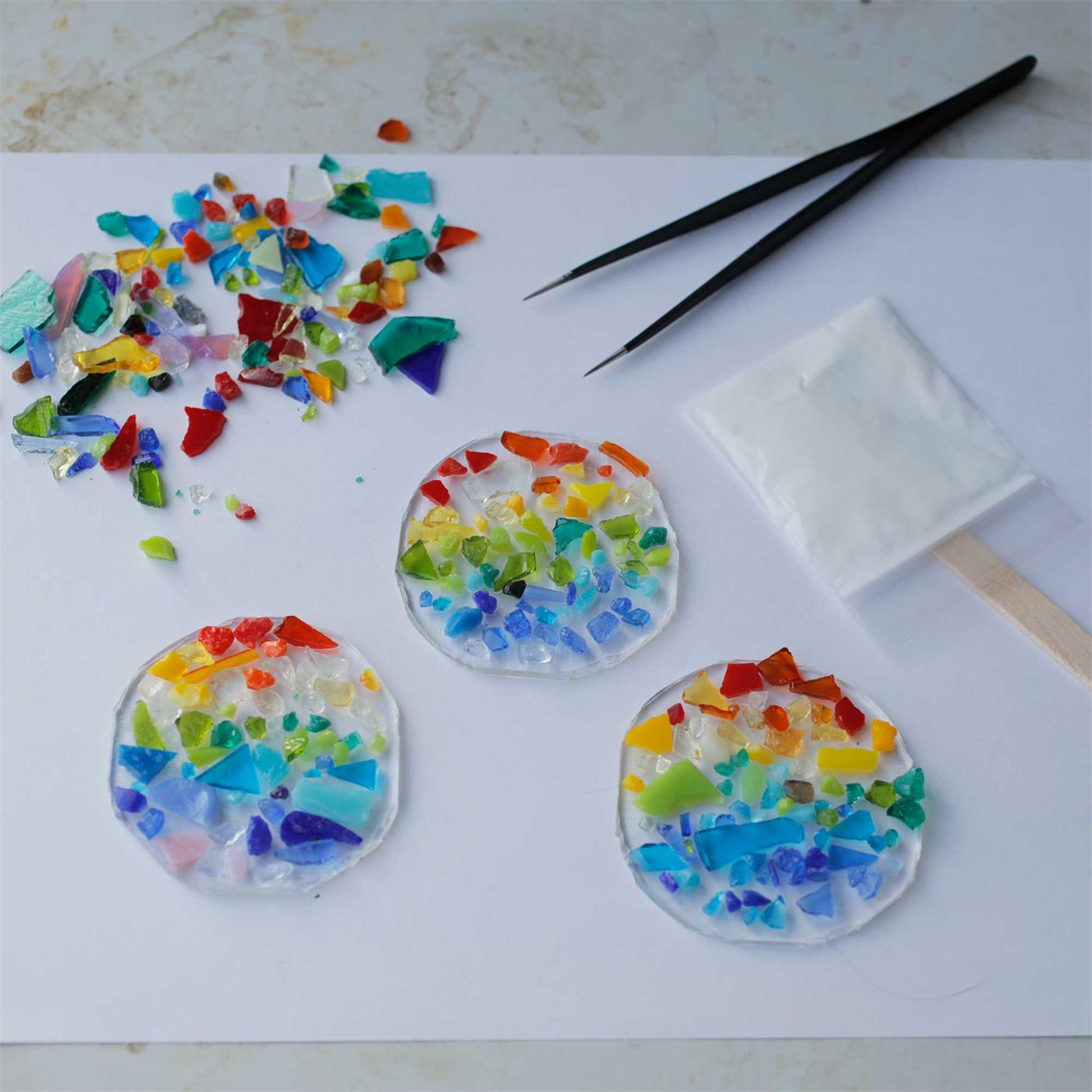


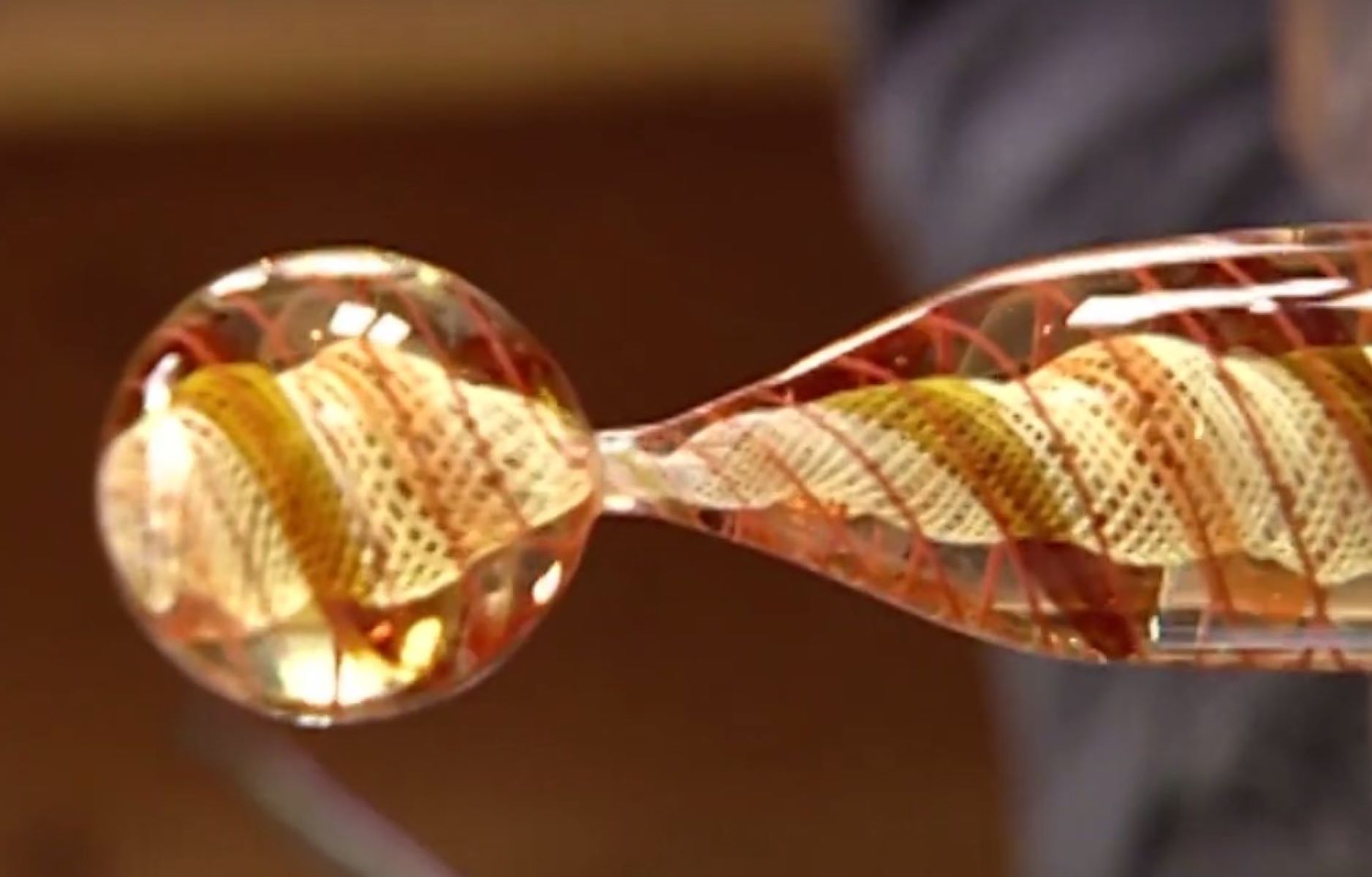
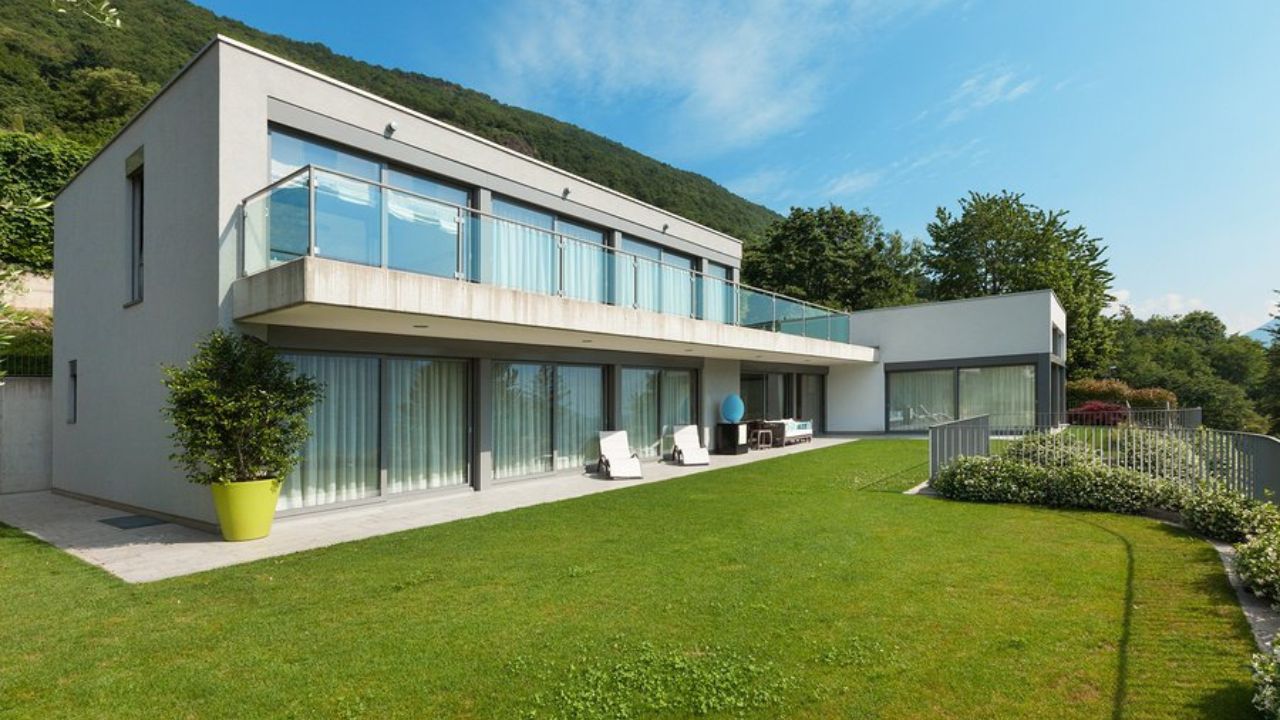


0 thoughts on “How To Make Glass Bulletproof”